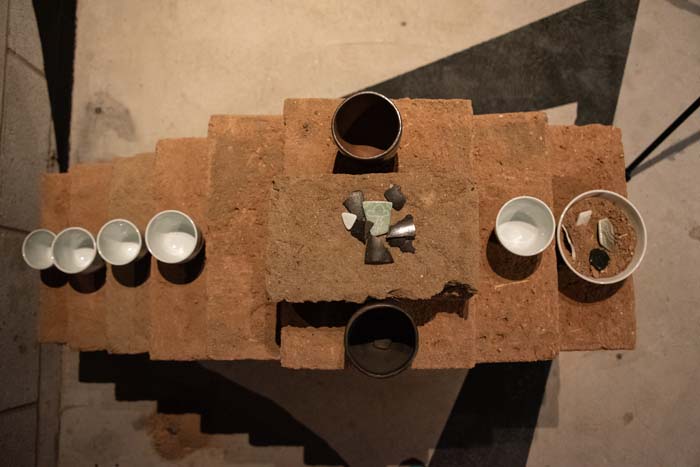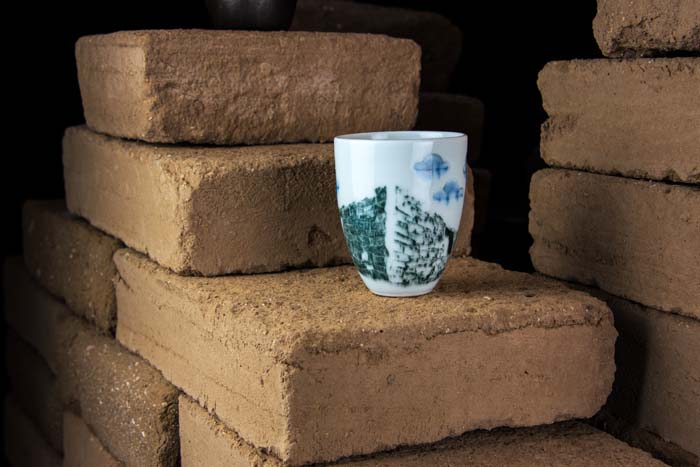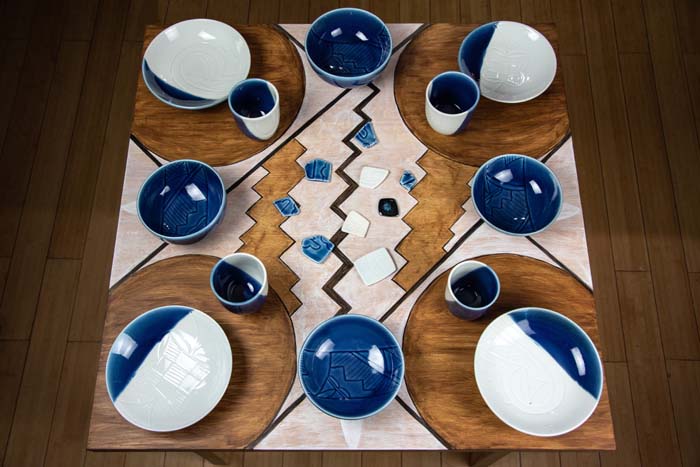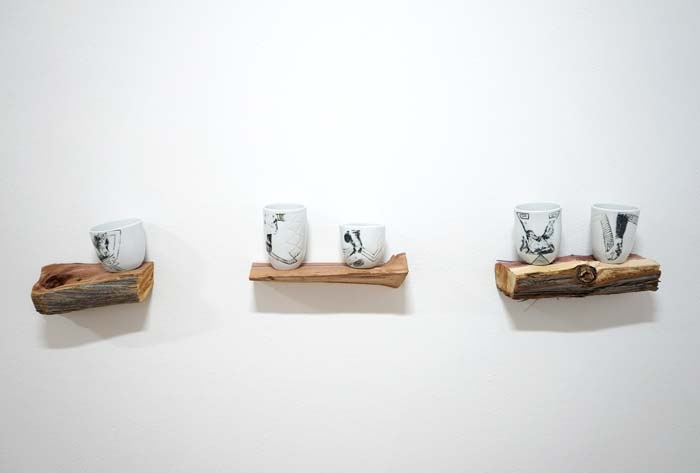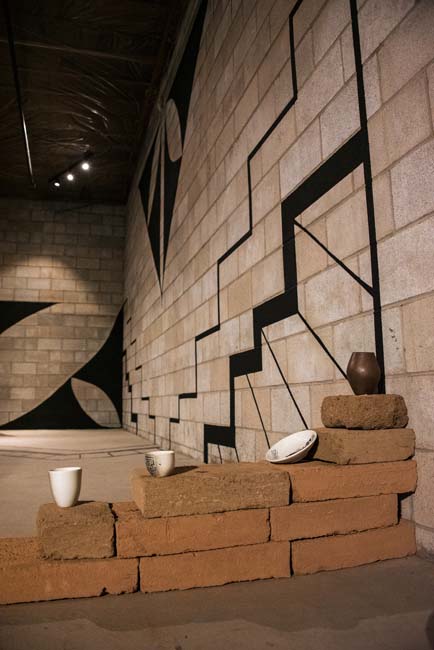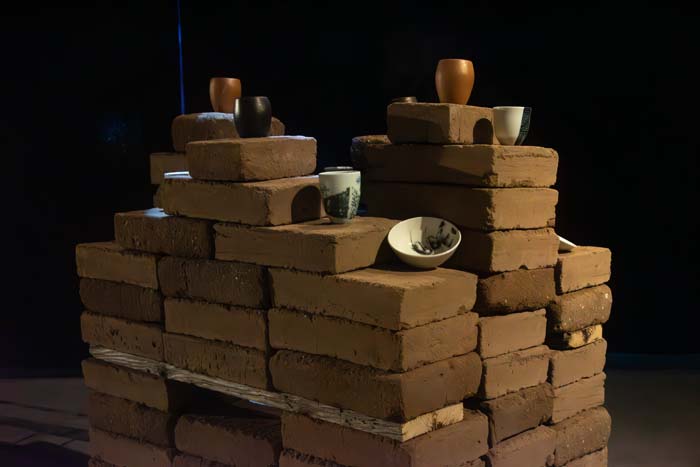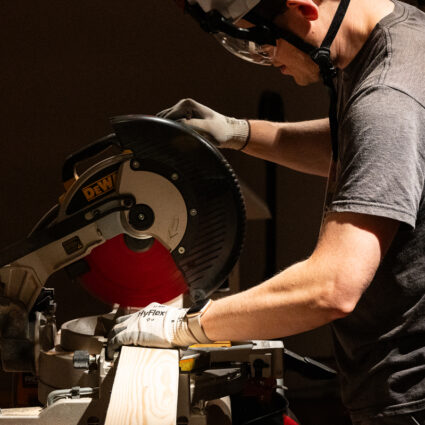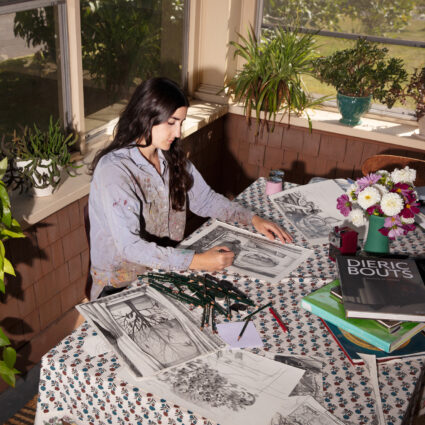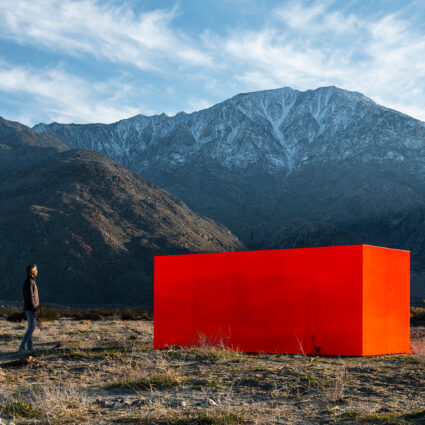Margarita Paz-Pedro works with adobe, natural clay, and porcelain, interrogating the history of the materials and our understanding of them to create space for new connections and meanings.
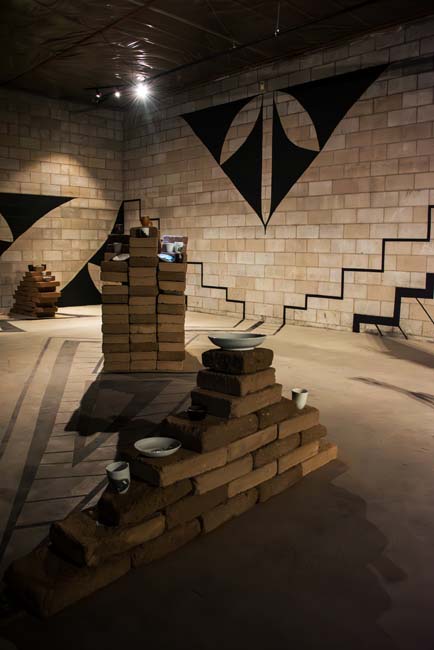
Margarita Paz-Pedro is something of a poet. After all, working with clay is the work of a poet: culling form from the formless, and using the raw material of history to create new objects that embody the past and an as-yet unrealized future. Subtly modifying shape, material, and scale to create mood and presence, Paz-Pedro makes work that builds bridges between styles and media, in touch with the mystery as well as the earthy reality that connects us all.
In work like Parts of the Whole (2023), a site-specific installation at the Ralph T. Coe Center for the Arts in Santa Fe, Paz-Pedro works with adobe, natural clay, and porcelain, interrogating the history of the materials and our understanding of them to create space for new connections and meanings to be identified. Paz-Pedro herself melds her Mexican American and Laguna and Santa Clara Pueblo heritages and their respective ceramics traditions with her training in porcelain traditions in France and Japan.
“I use material as a support,” Paz-Pedro explains, “however clay as a material provides us with the most assistance, if we choose to pay attention.” Her work asks us to look at the details—whether they are porcelain fragments or intricate designs painted on intact pots, a stray bit of straw peeking out from an adobe brick or the textures left by hands on a wheel-thrown vessel. Simultaneously, the work begs us to consider the alternative space created by it all taken as a whole. The big picture: the vastness of land, memory, and time. Distilled into something small, it’s poetry alive in its most supportive material.
Albuquerque, New Mexico | pazpedro.com | @pazpedro.clay
represented by Gallery Hózhó, Albuquerque, and Lapis Room, Albuquerque
